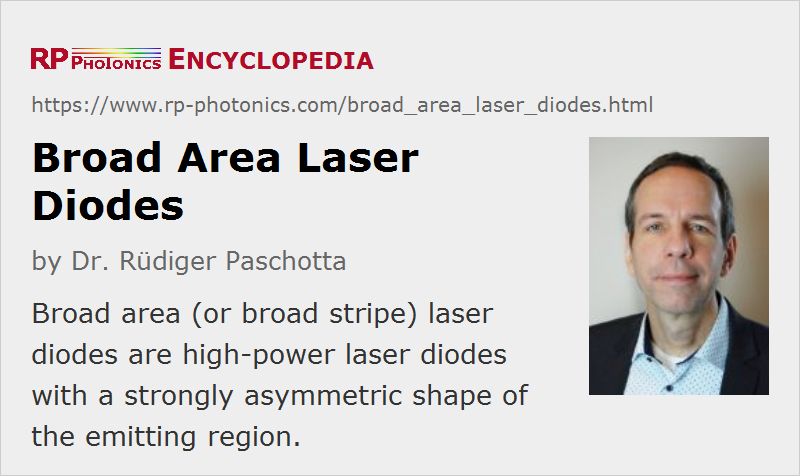So Today I got my 2nd nubm08 diode. And this one actually had a decent focus. But not good enough. I want it the be a dot from far away (as close a possible at least). And like you can se on the photo it’s not a dot. It’s like the same length as my fingers. So question is. How do I get this focused? It’s a gball so yeah I know it’s not just, to put on a single g2 lens. I already tried putting g2 backwards and then another g2 to actually focus. But that doesn’t work. Any ideas? Beam expander with another lens maybe?
Picture taken about 4m away
Picture taken about 4m away






